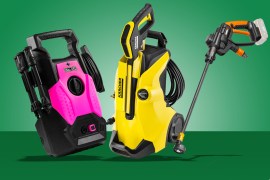Get on your soapbox: how to build a gravity racer
In honour of this summer's Red Bull Soapbox Race, we show you how to build your very own burrito-on-wheels...
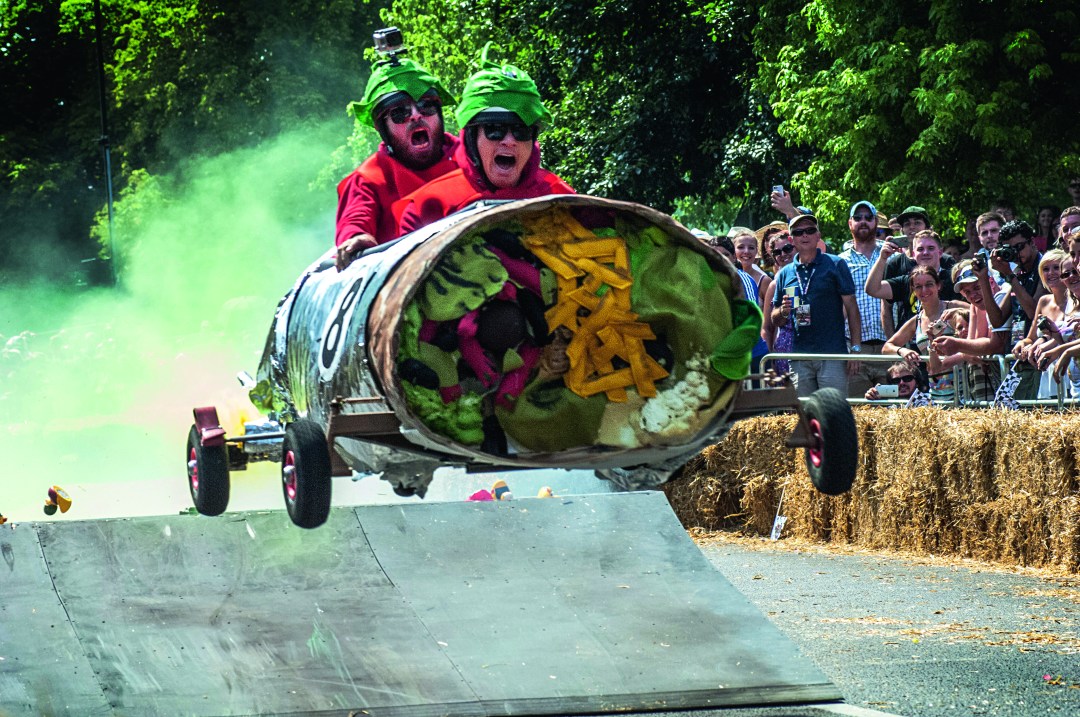
Don’t get us wrong, a Grand Prix can be very exciting – but we don’t remember seeing any cars that looked like a giant corn on the cob.
That’s the appeal of Red Bull’s Soapbox Race, which takes place on June 22 at Alexandra Palace in London. Homemade vehicles that are powered by nothing but gravity, and a dash of unhinged bravado, are sent hurtling down a hill in an attempt to post the fastest time (and survive the course’s famous jump).
If the sight of those brave souls careening along the course fills you with the need to construct your own racer and koin them, here are some tips from RARA designer and soapbox builder Philip Ryan on how to become the next Lewis Hamilton of vegetable-inspired racecars…
The basics
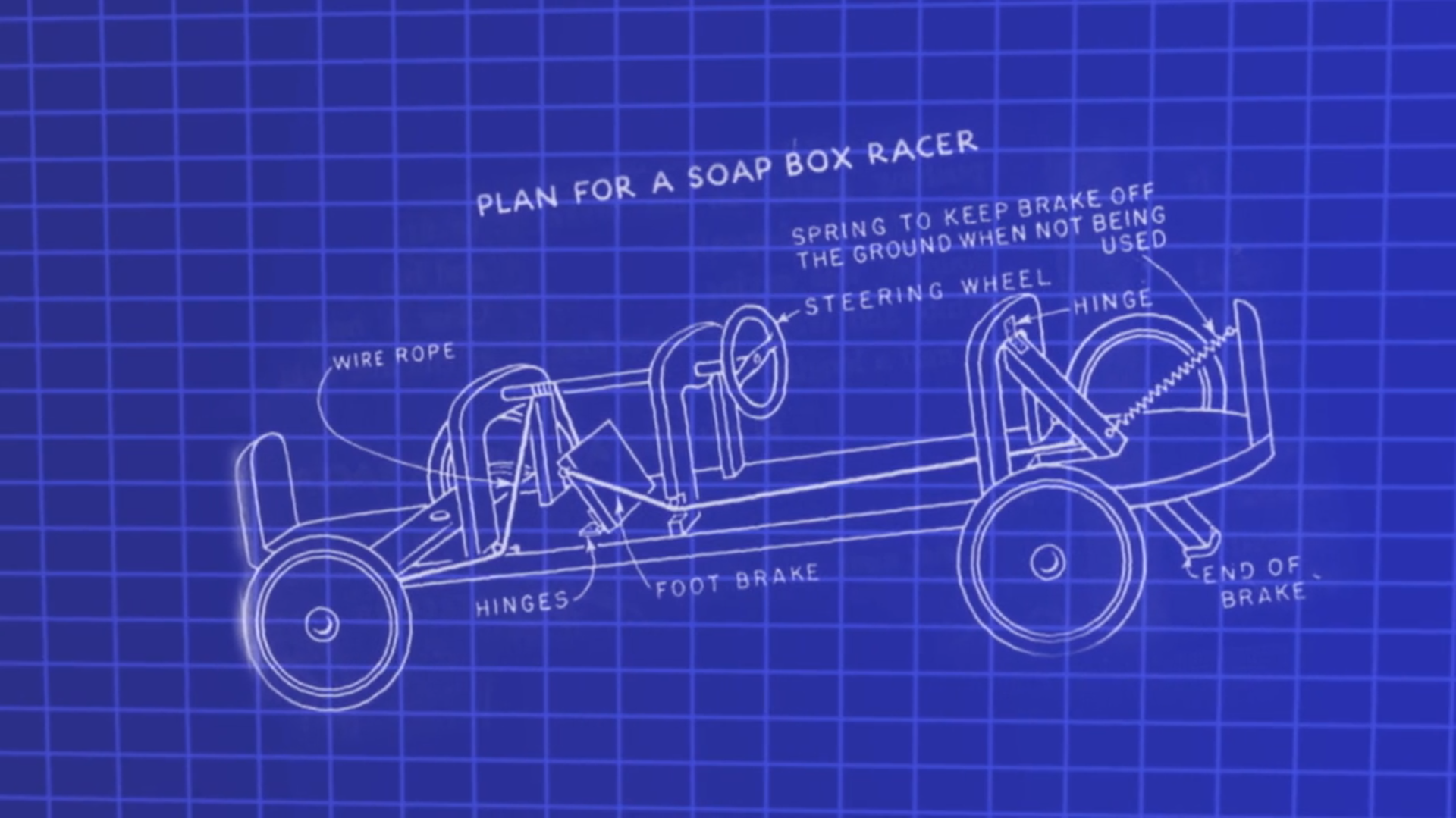
Have a digital brainstorm
Sketchup is a free and very useful tool for visualising your soapbox design. For inspiration, check out the All American Soapbox Derby and Gravity Racing.
Go aero
Even at relatively low speeds, aerodynamics are important. Make sure your design interacts as little as possible with airflow. If you don’t interact with the air, it isn’t going to know you’re there. This will reduce drag and increase your speed.
Budget wisely
The costs of building a basic soapbox car can quickly add up. We saved some money by using bicycle wheels and a go-kart steering wheel, but we still spent £250 buying raw materials and getting the body panels cut out.
Start with the wheels
The general consensus is that 20in wheels offer the best balance of speed and stability for gravity racers. Also consider how you want it to look, and what you can afford.
Wood or metal?
Beginners should choose wood as their main material. The basic tools are in most people’s garage, and sheet timber is pretty cheap. All-metal cars offer greater strength and longevity, but demand more specialist skills.
Keep it real
Sites like eBay and Gumtree are useful sources for parts, but it’s worth spending some time perusing second-hand bike shops and skips. We got the wheels for our prototype from a kid’s bike that had been thrown out.
- YOU MIGHT ALSO LIKE › Sky 4K: 22 best things to watch in 4K on Sky Q, Sky Glass or Sky Stream
Next steps
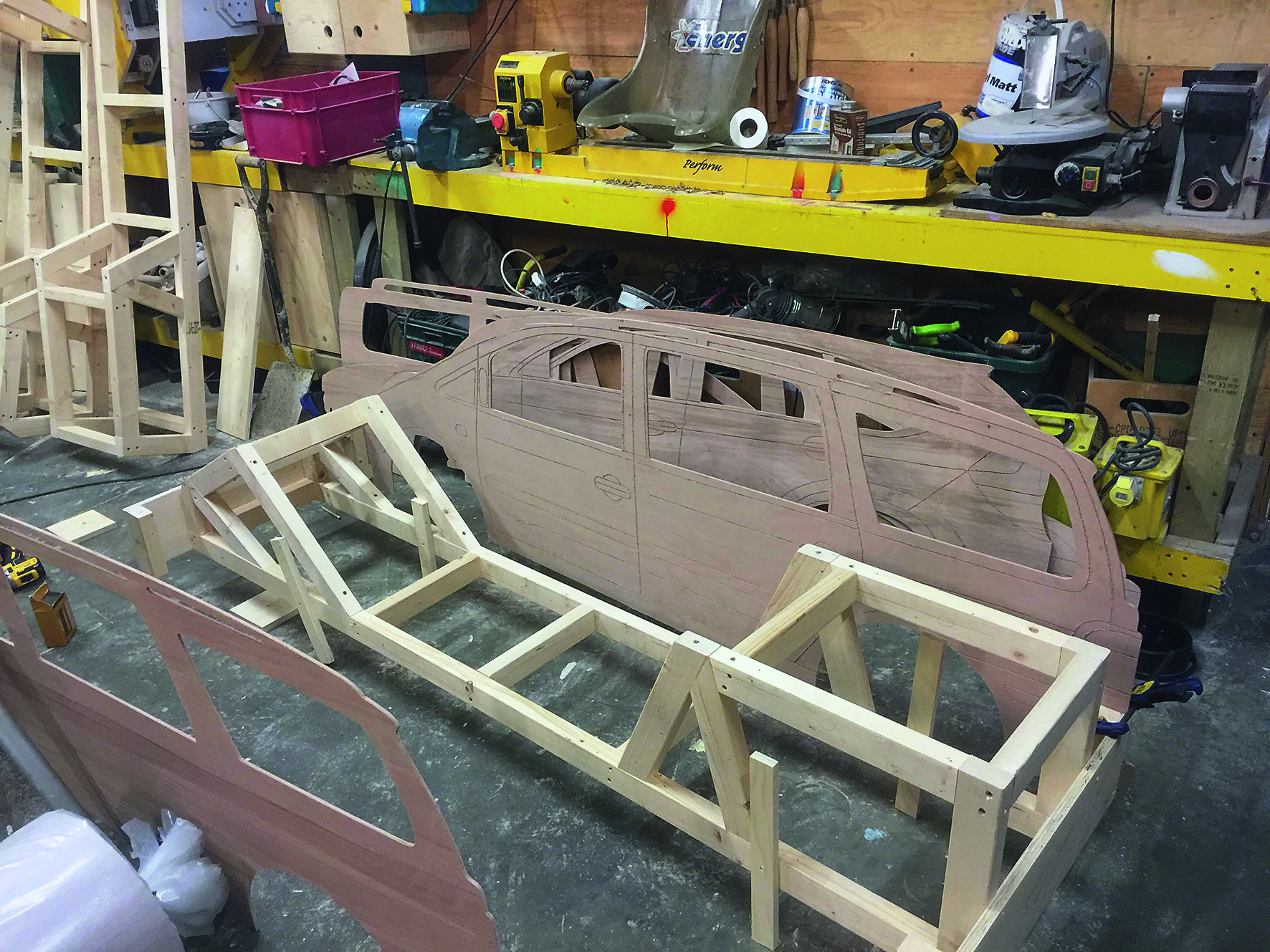
Get onside
We started with the side panels and built the chassis to suit. If you don’t have access to a CNC (Computer Numerical Control) machine, a good quality electric Jigsaw will make light work of sheet timber. Set it to a slow speed and go steady.
Use bike brakes
The ‘direct friction’ route (homemade pads that rub against your wheels) might be cheaper, but buying bike brakes is the easier option. Some pram wheels even come with very handy disc brakes.
Weigh up your course
Every Soapbox competition has a weight limit and the ideal weight will depend on the course. Flatter, straighter courses tend to favour heavier builds, while ones with corners and chicanes are better suited to lighter, more nimble designs.
The Build
Tool up
Beyond the toolbox regulars (hammer, screwdriver, drill), a circular saw is handy for bulldozing through wood, while a Mitre saw will accurately cut across the grain. We also used an angle grinder, impact driver and electric orbital sander.
Avoid rope steering
This becomes unstable at high speeds, so adopt a go-kart’s ‘pitman arm’ steering. You can pick up a strong axle, steering column, track rods and hubs online at the likes of eBay.
Customise the cockpit
Before bolting in your seat, get your driver to sit in the car and move it around until they’re comfortable. Tape in some padding too, they’ll appreciate it when landing a jump.
- YOU MIGHT ALSO LIKE › This Google Cloud tech is making Formula E races tighter and even faster
Finishing touches
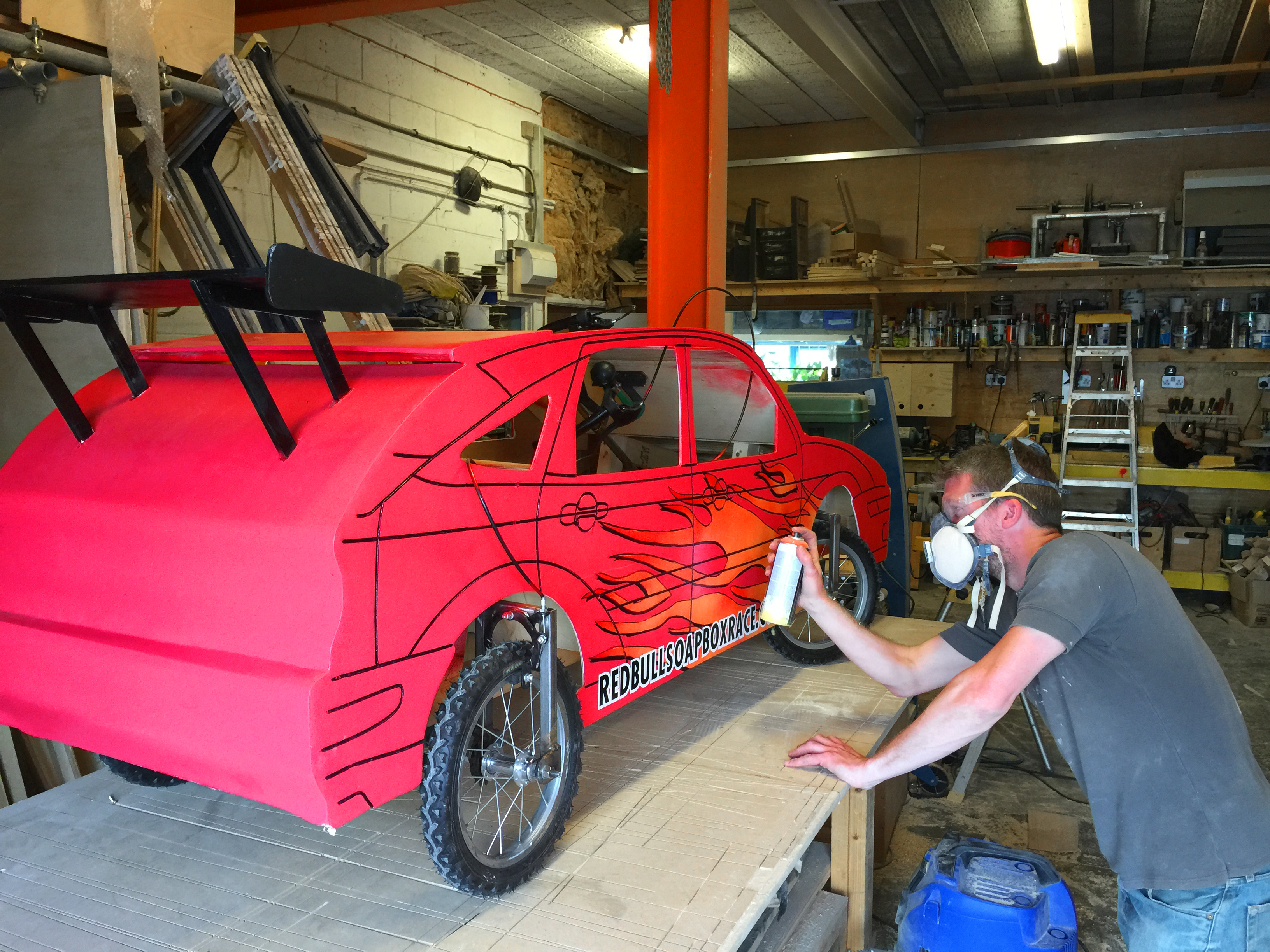
Tweak the steering
If you have overly responsive steering, try shortening the length between your steering column and the track rods. Test and re-test your car until you’re happy with the sensitivity.
Plan your paintjob
Soak up inspiration from magazines such as Hot Rod or Red Bull’s Soapbox gallery. Use fast-drying, water-based acrylic paints and aerosol spray paint.
Prepare to fail
Make sure your driver wears a motorcycle crash helmet and gloves. If they’re really crash-phobic, think about incorporating a rollcage into your chassis design. This should include lots of triangles to boost its strength.
Driving tips
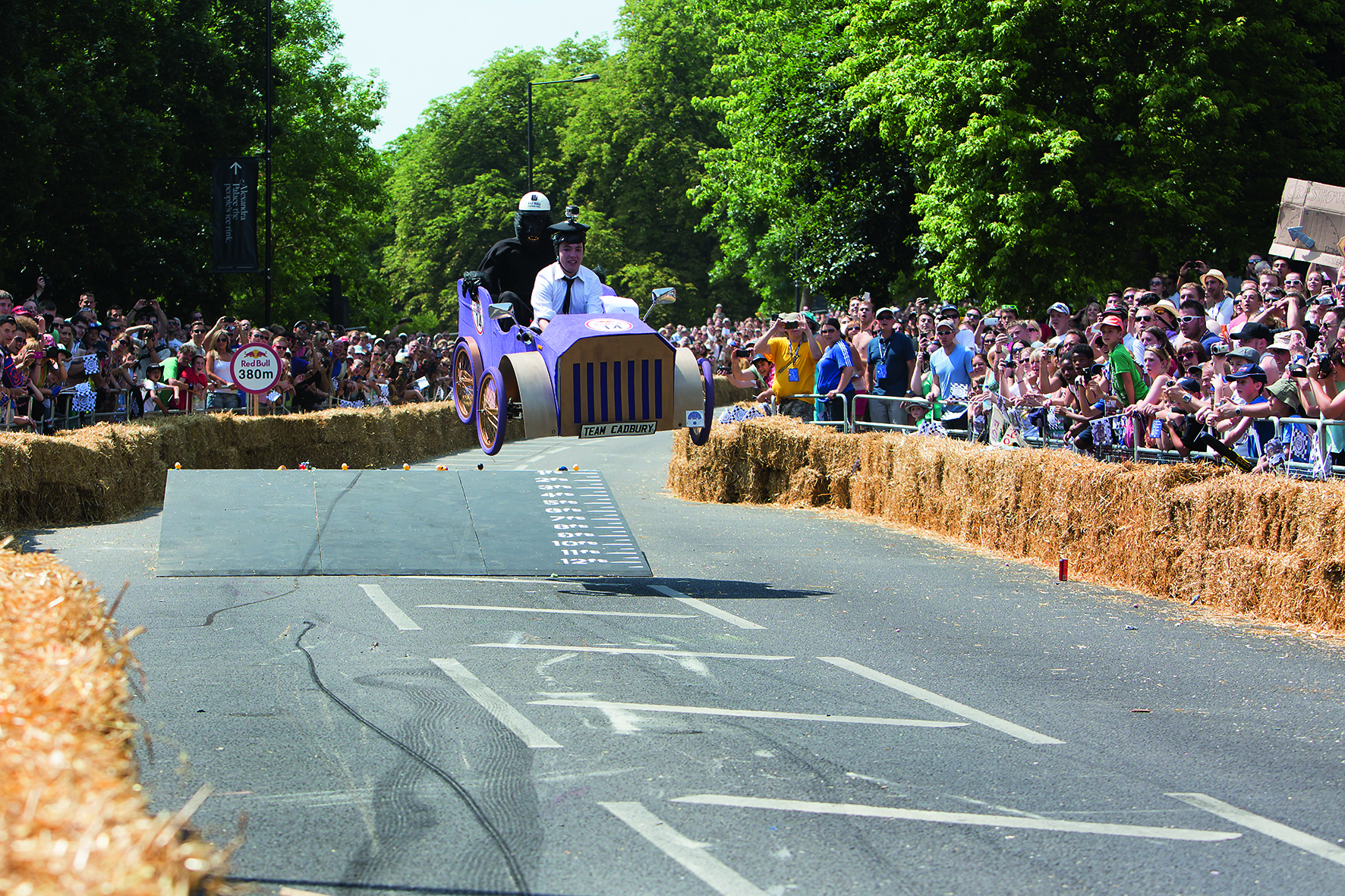
Brake wisely
Going fast is easy; making sure you don’t lose speed is a real skill. Practice taking the racing line, going slower into corners and only braking when necessary – not too much, and not too little.
Don’t oversteer
Lots of small corrections, particularly oversteering, will slow you down. If you feel yourself moving to the outside of the track, try to make one steering adjustment and don’t overcorrect.
Practice jumps
If your race includes a jump, it’s best to make sure beforehand that your car won’t collapse in on itself. If it’s strong enough, get some big air for the cameras – you only get one chance.
- You might also like › Best marathon gear: boost your marathon training



